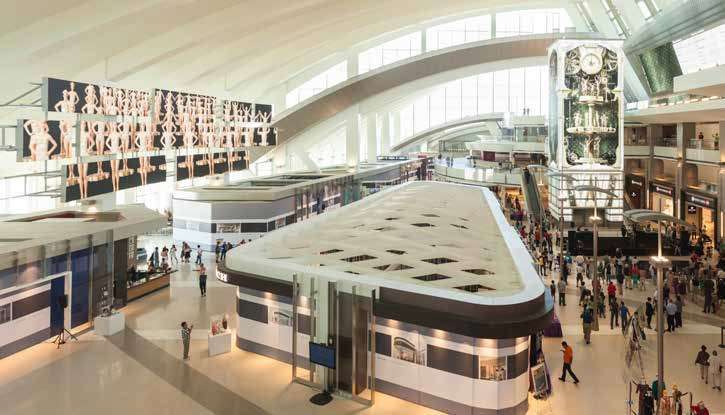What Smart Monkeys’ state-of-the-art system portal can do for parks and attractions
by Judith Rubin
ABOVE: ISAAC (Integrated Scheduling and Automation Control) received wide exposure in the attractions industry when the Tom Bradley International Terminal at LAX was honored with a TEA Thea Award. ISAAC supervises the multiple dynamic display systems in the terminal. Photo courtesy LAX.
When the Tom Bradley International Terminal opened at LAX in 2013 and was honored by the Themed Entertainment Association in 2016 with a TEA Thea Award (as an Outstanding Environmental Media Experience) it brought wider exposure and recognition in the attractions industry to the system known as ISAAC. Short for “Integrated Scheduling and Automation Control,” ISAAC is the state-of-the-art, supervisory system from Smart Monkeys Inc. that manages and updates the wide variety of media and content streams running on the Tom Bradley Terminal’s many displays.
Operators, technical integrators and system designers saw what it could do, and ISAAC was recently adopted as the facility-wide content management platform for two new theme parks in the Middle East, as well as a high-end parade system for a major operator in North America. More such applications are anticipated in the near future as attractions tech specialists become conversant with ISAAC and the industry continues to evolve toward IT type infrastructure models and enterprise systems.
Redefining the field
Theme parks and attractions are already making use of enterprise systems, data centers and networks for ticketing, data collection, security, food service, hospitality, wristbands. Stephan Villet, Managing Partner at Smart Monkeys, presents ISAAC as a logical step for running attractions as well.

“In a nutshell, ISAAC is a scalable platform that relies on IT technology, namely virtualization,” says Villet. “We create systems, mainly clusters, that are sized specifically for hosting certain applications. For example, a theme park today may have dozens of show control systems to run its various shows, attractions and parades. ISAAC would host all those systems using a series of networked PCs loaded with specific software – a familiar model in our industry. The difference is that the PCs aren’t physical machines, they exist as virtual machines – as software configurations within a secure, on-premises data center.”
This is an industry that’s always in a technology revolution, and right now it’s happening front-of-house and back-of-house. In visitor attractions, the trend is toward guest experiences that are media- and effects-laden, interactive, gamified and immersive. The themed, immersive environment contains projectors, screens, speakers, ride vehicles, lighting fixtures and other devices. At the operations end are the systems of hardware and software driving those attractions.
A portal system such as ISAAC has the power to streamline, automate and virtualize many aspects of show control and content management, but it doesn’t necessarily have to stop there. It can (and in the field, currently does) also extend to supervising such functions as lighting control, building management, irrigation systems, parking management systems, security systems and more.
MORE ON ISAAC FROM INPARK ISSUE #80:
Concerning the Tom Bradley Terminal, the TEA Thea Awards Committee wrote in 2016: “The base idea is not new, but the Integrated Environment Media System at LAX has been executed with such creative and technical excellence that it has redefined the field and is fast becoming a widely-admired and replicated achievement. It has also improved the airport visitor experience: Studies show that travelers tend to arrive early at the terminal to enjoy the media.”
You have already met ISAAC
The Smart Monkeys client list is an intriguing mix of high-profile tech names and attractions industry standouts, such as MGM, the Bill & Melinda Gates Foundation, Google, Universal Studios and The Shed.
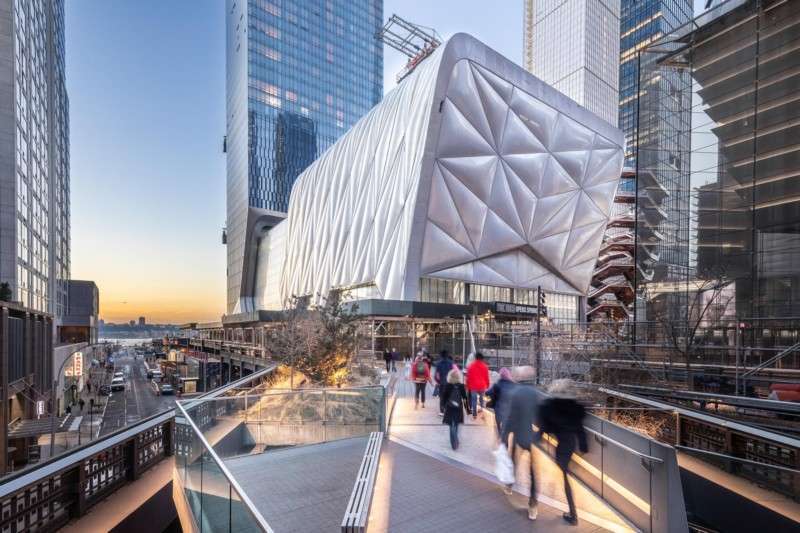
Though ISAAC may be relatively new in attractions, as noted by the Thea Committee the base concept is not new. Similar platforms have long been adopted in other sectors, and we are constant users of them in our daily lives.
ISAAC works within the model of a data center – essentially, a sophisticated version of what in the attractions industry is known as the equipment room or rack room. The data center is a central facility where the data (content and control software) are stored and the critical gear is housed. Because of virtualization and the capabilities of the system and network, it can dramatically reduce the amount of real estate needed to contain it.
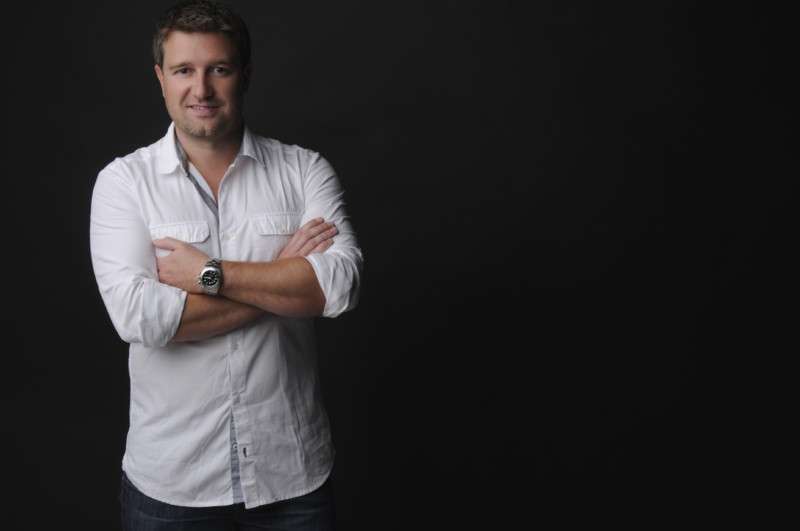
Data centers fall into two basic categories. Internet-facing data centers are usually browser-based; they power the data streams we consume in our daily lives and are open to many users. The type of data center that a system integrator or technical designer would configure for a park or attraction – where an ISAAC system would reside – is an enterprise or internal data center, tied to operations and customized to a specific, restricted user base with appropriate layers of security.
Villet explains, “The system includes a web app that works as a portal for users. Any authorized and credentialed user anywhere in the park can connect to the ISAAC system and schedule anything in any part of any system. A global lock system and alert system are set up to communicate by email when any type of problem occurs. All the activity is tracked so the operator can decide who has access to what part. The system provides the ability to directly access – from anywhere and at any time via a web browser – machines for tasks such as programming, maintenance or show modification. This access is extremely secure and is based on individual user credentials.”
To learn how ISAAC is being received in the attractions tech design community and how it fits into the big picture of attractions in terms of design, installation, operations, maintenance and guest experience, we spoke to several top technical specialists in themed entertainment who are familiar with the system.
Electrosonic and ISAAC: Guest experience
“This is becoming a standard for us in designing theme parks instead of multiple boxes,” says Chris Conte, VP New Business Development, Electrosonic Inc. which specified ISAAC for a major, IP-branded theme park that opened recently in Abu Dhabi.
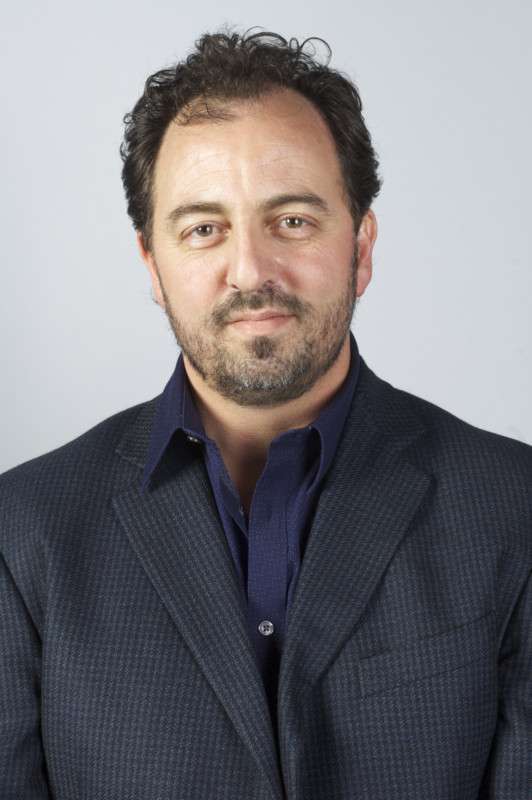
“Electrosonic was the first integrator in the attractions industry to embrace the platform – the very first one to really see it as the future for theme parks,” says Villet.
“Electrosonic is all about guest experience,” says Conte. “Using all the tools in the toolkit, we deliver tech solutions that support the guest experience, and ISAAC is a very powerful tool. We work often with creative producers, and because ISAAC allows access to all media assets available on a project, it supports the creation of a better dynamic experience. It consolidates tasks and elements that have traditionally been represented with a variety of different boxes. Media producers want a playback video; they want the ability to collect assets from which the guest can create memorable experiences or even a takeaway (such as a mandala) that can be stored and accessed later. As a virtual environment, ISAAC can access all that content, manage and deliver it, wherever it is stored.”
Seeing further into ISAAC’s potential, Conte says, “This kind of virtual environment provides not only access to data but gives us a platform for a content management system (CMS) – something for which there is an immediate need as it has become part of content generation. Content for today’s immersive and interactive attraction goes beyond content for playback and storage to include web-based experiences, mobile apps and user-generated content. The industry needs it today, the guests demand it today – and it has to happen on the spot – just as it happens on the spot for all of us when we use our devices to communicate, access, capture and share. We need to be able to collect assets of guest experience, track their experience through the park, and have access to that data at the venue and afterwards online. ISAAC’s platform enables all of that.”
Medialon and ISAAC: Storytelling
Where there’s ISAAC, there is often Medialon, an industry leader in show control. ISAAC installations running Medialon software include the Tom Bradley Terminal, the George W. Bush Library, a massive LED video wall install at the MGM Macau and one or two theme park parades that can’t be specifically named. “ISAAC makes it possible to consolidate multiple machines into a small server; you can manage huge amounts of content from a single schedule and playlist,” says Eric Cantrell, VP Business Operations, Medialon Ltd. “The effect is almost like you’re in Times Square. It looks like each display is doing its own thing but at any given moment, there could be one story on all of it.”

Cantrell emphasizes the dual benefits of storytelling support and security in such a system and points out how they can begin to blend and enhance the guest experience. “The story is the reason people buy the ticket to get in the door, but there are a lot of other things that have to happen too. You have to have a parking lot and a tram and security – they don’t have much to do with storytelling, but if you tweak the perspective of the story, they could. This is very important today, because stories now reach far beyond the ones being told to the guest in the three-minute attraction – the stories are the ones guests are telling their friends and followers on social media.”
Cantrell continues, “There’s an expectation that everything we do will have some element of personalization. There is a massive amount of data people are generating. With a modern system you can amass data points and make decisions based on them, on the fly. The ability to modify storytelling subtly is where show control can be useful: creating alternate versions of the same show on the fly, based on pre-produced content. The operator can now take input from all over the park – can use immediate feedback to take personalization to the next level. A presentation becomes an interactive experience. The park becomes a real-world environment that responds to the guest, and ISAAC provides that data center so you can really manage all of this from an easy platform. All those people are building the content that the show control can piece together to make the presentation of the moment.”
This should sound familiar – it’s the same kind of customization we’re accustomed to as we travel the Internet on our web browsers, but introduced into real-world, three-dimensional settings.
In terms of maintenance function, Cantrell likens ISAAC to “a spare tire on a car but you have the ability to put it on while you are driving.” He says, “Instead of going with a distributed systems rack full of computers, instead of an equipment room in every attraction, you’d have a bigger equipment room but only one per land, and everything spread out via fiber extension or another network of sufficient bandwidth, reducing the amount of space required in an individual attraction and enabling spares to fill in for broken or nonfunctioning equipment in any attraction in that area.”
TechFulcrum and ISAAC – a shift in thinking
“We’ve been watching ISAAC for a long time,” says Scott Arnold, CEO at TechFulcrum, a system designer with an extensive theme park portfolio including numerous projects for SeaWorld. “We strive to choose the most appropriate solution for every project. I’m working on a design right now that would utilize ISAAC as home for the master control of a theme park, and to do the scheduling for certain elements of that park.”

Arnold echoes others in pointing out that the technology is not new. “It is a shift in thinking that is the challenging part. It can be challenging to explain why it’s beneficial to take a collection of tools from the IT world and customize and combine them in a manner that serves themed entertainment, because people are used to having the physical box. For some, virtualization is the scary part. But there are aspects of it that are quite exciting, such as the centralization of systems. We’ve run the numbers and on a larger project such as a theme park, it is more cost effective to centralize a portion of the hardware and processing. It also allows for serviceability and maintenance options to be simplified over a traditional setup while avoiding potentially undesired access.”
Digging into future possibilities, Arnold says, “As technology has marched on over the past 20 years, the connectivity of devices we use in entertainment has been converging. We started connecting all our audio and video over ethernet, pulling them all into same kind of networked infrastructure. And every day, more and more things become part of the network we didn’t anticipate. What ISAAC does is communicate with all those things and give tools to help manage them. Jumping to the IT world, this is already being done on a daily basis and a global scale, for instance when you are shopping online. There is always going to be a physical box somewhere – we have to house things somewhere – but things have gotten better, smaller and faster over time; better able to handle load and redundancy. Now it’s time to grab that tool that has been developed and see what we can do with it on our terms.” • • •
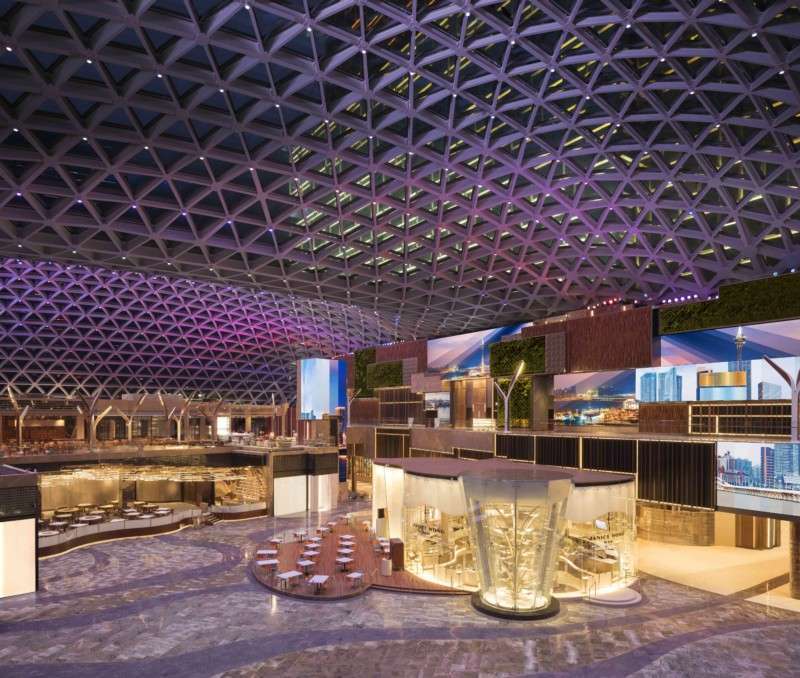
ISAAC in Orlando
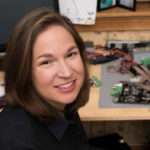
Smart Monkeys recently added Joy Burke in the new position of Senior Manager of Special Projects, driving business development in the Orlando area, from her base in the company’s new Orlando office. “We’re committed to the themed entertainment space and that’s why we’ve opened an Orlando office to complement our Miami headquarters,” says Stephan Villet. “With her strong engineering and business background and many years’ experience in the industry, Joy will open doors for Smart Monkeys and ISAAC, facilitating better projects with better systems – and awesome guest experiences.”
“I’m excited to be working with the team that’s using some of the most cutting-edge programming languages and technologies in the continuing development of ISAAC,” says Burke. “I’ll be using my experience in product engineering to take the lead in collaborating with ISAAC’s third-party partners and expand our network of vendors.”
Burke comes to Smart Monkeys after 16 years with Alcorn McBride, where her most recent title was Senior Software Engineering Manager. Burke earned her MS in Industrial and Systems Engineering from the University of Florida and is pursuing her MBA at the school’s Warrington College of Business. She was awarded PE certification by the Florida Board of Professional Engineers in 2017 and holds AVIXA CTS status. She sits on the board of the Society of Women Engineers of Central Florida.
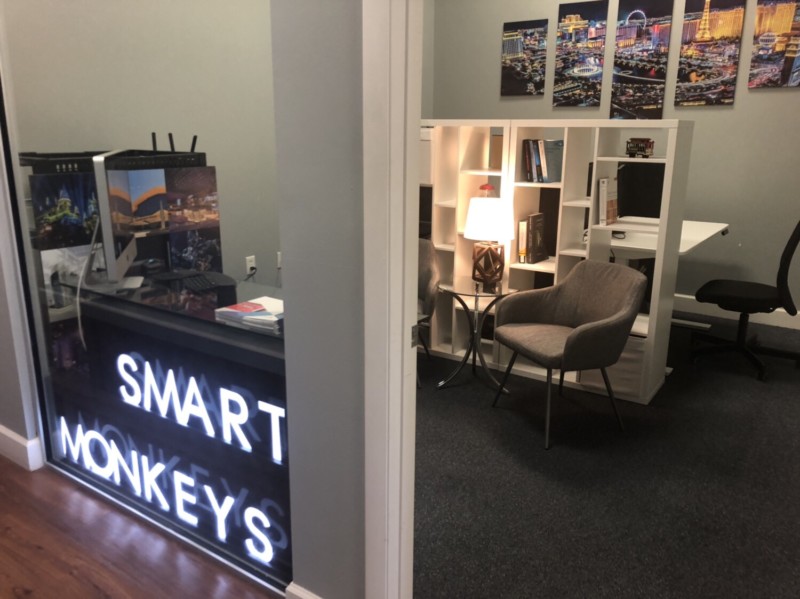
Smart Monkeys Inc. Orlando is located at 6965 Piazza Grande Ave, Suite #107, Orlando FL 32835. www.smart-monkeys.com •


